Napping in the UK
A whopping 37 million Brits are not getting the recommended seven to nine hours of sleep a night, according to Direct Line [2].
That’s 37 million people who often wake up feeling tired and go through the day craving an extra hour of sleep.
Thankfully, napping is slowly becoming more accepted in the UK, with many employers realising the benefits it can bring to their workforce.
Napping for up to 20 minutes can improve alertness, concentration and memory and positively impact overall well-being and mood.😀
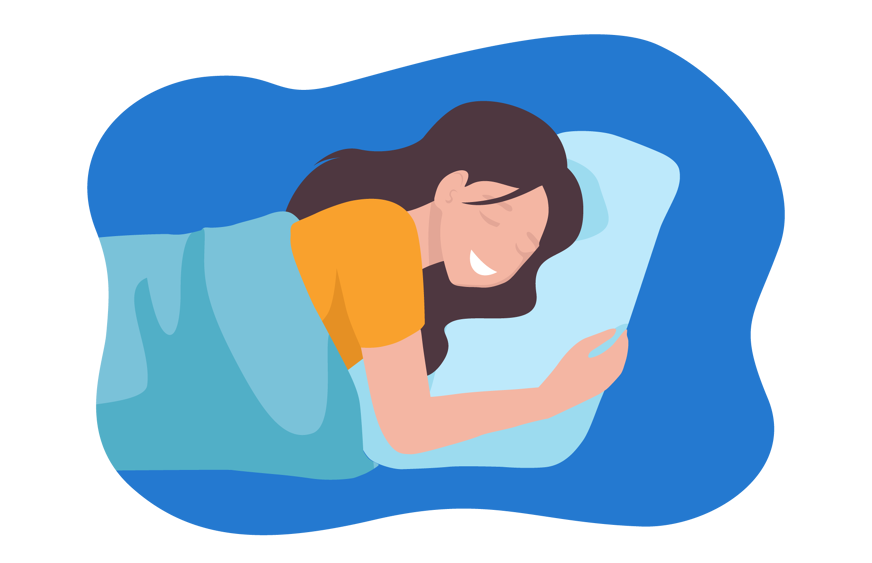
If you struggle with sleep deprivation from a newborn baby or snoring partner, a midday nap might just be the answer.
Napping at work
Napping during work hours can reduce fatigue-related errors and increase productivity levels.
Some employers even offer [3]designated nap pods or 'relaxation zones' for employees to take short breaks throughout the day. 😴
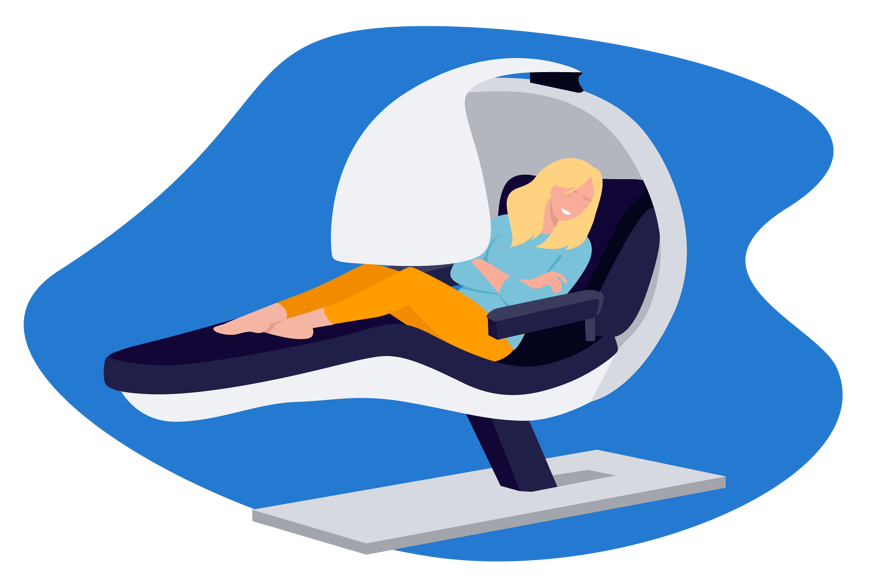
For example, the Google napping pods [3] took the internet by storm in 2017.
Google employees can grab a quick power nap during the workday in these modern pods designed for a quick cat nap.
Equally, there are bookable napping pods [4] across London that are perfect for napping in the afternoon.
However, not all UK companies are embracing the idea of napping just yet.
Some organisations consider nappers unprofessional because they take longer breaks instead of working the usual 9 - 5 workday.
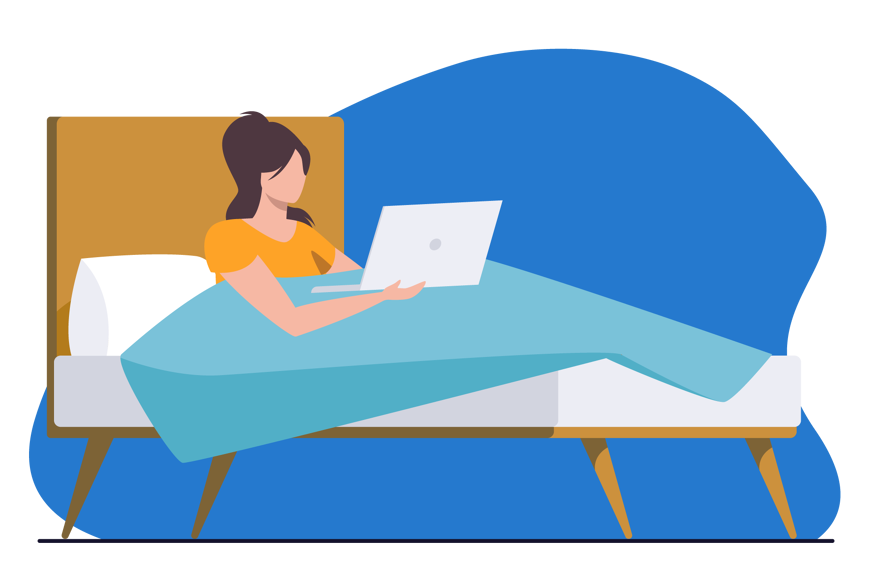
Nevertheless, most businesses recognise that their employees need mental health support now more than ever.
Providing flexible working arrangements, like taking longer breaks for a nap, is essential for a healthy work-life balance - especially for those with a sleep disorder.
As attitudes towards napping continue to evolve in the UK, it won't be long before this practice becomes commonplace across all industries.
Napping at home
Restworks [5] found a whopping 85% of people nap more when working from home.
It’s much easier to nap at home than in the office, where your coworkers can see you sleeping.
You can take a brief rest on your lunch break at home and jump back into work without anyone knowing.
At-home workers also have more time to nap without the added stretch of commuting to the office.
Napping around the globe
Napping is met with varying attitudes depending on country and culture.
Regardless of any stigmas attached to it, napping continues to be embraced around the globe, both within and outside formal working environments.
Plus, given its established cultural importance in many parts of the world, it also offers an opportunity to connect with other cultures while travelling abroad!
Mediterranean region
The "siesta cultures" of the Mediterranean region allow people to bridge the hottest hours of the afternoon with an extended nap. 🌞
There are even countries like Greece where there is an official ‘nap hour’ as part of their workweek, traditionally from 2 pm to 4 pm. 🇬🇷
Japan
In the UK, napping at work is part of our transition to a healthier work-life balance.
But in Japan, napping in the office is a sign of diligence and working hard to the point of exhaustion.
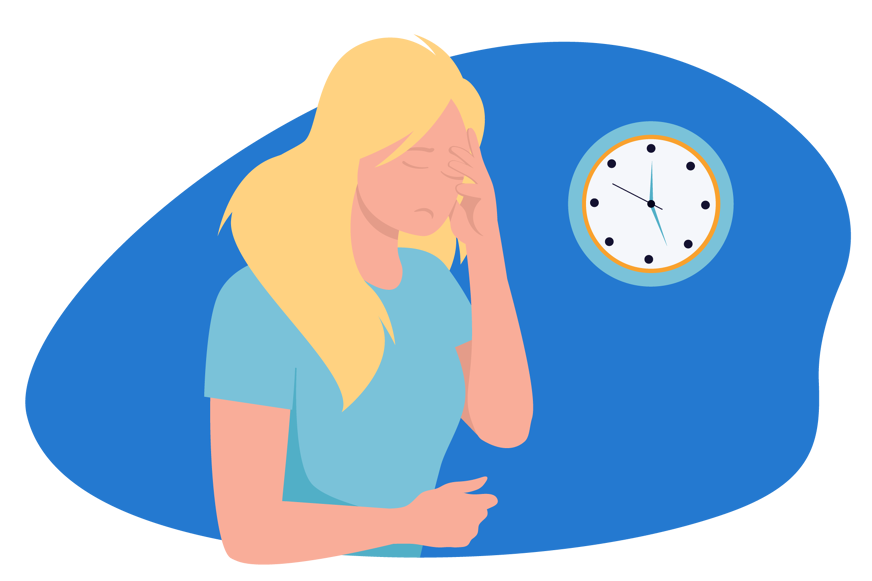
Napping in the office is common in Japan and is referred to as inemuri, meaning “being present and sleeping.” 🇯🇵
China
In China, daytime napping is so entrenched in society that it has become part of their constitution. 🇨🇳
According to Article 49 of the Chinese constitution, Xiu xi - which translates as "to rest" - is a fundamental right that the working population is legally entitled to.
Germany
In contrast to these more relaxed approaches to daytime sleep, some countries still view taking a nap during the day as an unproductive use of time - like Germany, for example.
The different types of naps
Napping is a great way to get some extra rest during the day and can provide a fantastic boost of energy. 💥
There are several different types of naps, each with its own unique benefits.
Here’s a look at three popular types of naps: the power nap, the hour nap, and the siesta.
The power nap
A power nap, meaning a nap under half an hour, is an easy way to get an energy burst throughout the day - especially if you struggle with daytime sleepiness. 😴
This short nap typically lasts from 15 - 20 minutes and can be done almost anytime and anywhere.
You could even stretch to a 30-minute cat nap if you’re feeling particularly tired one day.
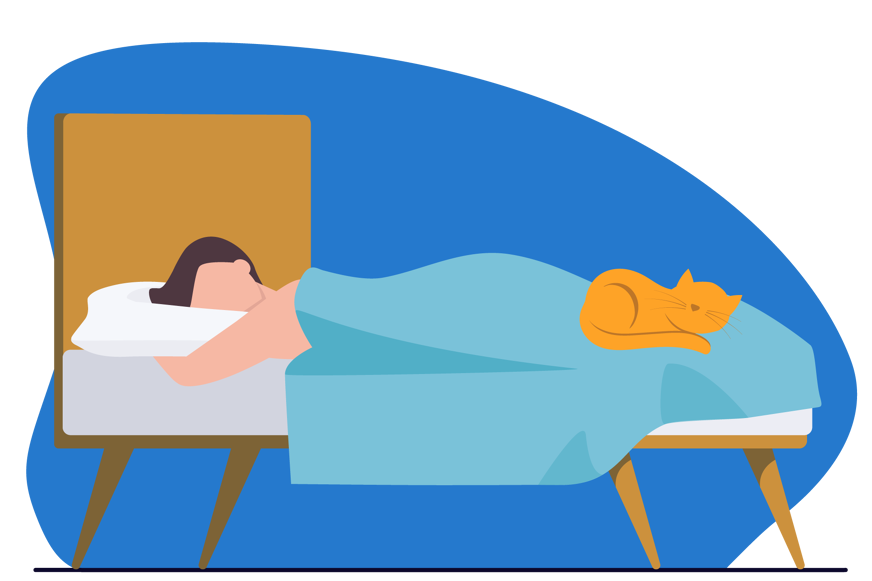
During this time, your body gets just enough rest to refresh your alertness without disrupting your sleep schedule too much. ⏰
The power nap is a great one for those who enjoy frequent naps throughout the week, particularly if they didn’t get a good night’s sleep.
The hour nap
Longer naps should only range from 30 - 60 minutes in length.
You can get enough restorative sleep without leaving you feeling groggy afterwards or with nighttime sleep problems.
This type of nap also helps reduce fatigue and improve cognitive performance in tasks such as problem-solving or decision-making. ⚖️
The siesta
The classic siesta involves a complete sleep cycle - all the way from rapid eye movement (REM) sleep to slow-wave sleep.
A siesta is usually a 90 - minute nap - ideal for those who enjoy a longer nap length.
Unlike the other two types of naps, this type of nap should ideally be in the afternoon when our natural circadian rhythm dips [6]in energy levels. 🛏
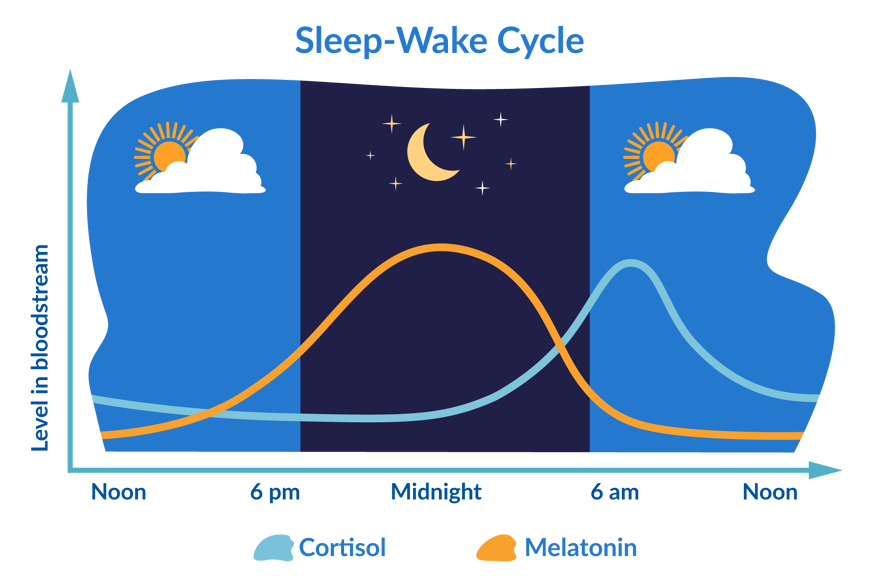
It’s important not to linger too long in this state, as it will start to disrupt our night’s sleep cycle if we stay asleep for more than 90 minutes during our siesta.
A full sleep cycle gives us sufficient restorative deep sleep when we're feeling sleep-deprived.
This helps to boost creativity, physical performance, emotional stability, and mental clarity while also increasing productivity levels at work or study due to improved concentration spans. 🏃
Health benefits of naps
There is a lot of information on the health benefits of napping - and of course, the ever-burning question: Is napping good for you?
Can daily naps affect chronic health issues?
Research has shown that people who nap excessively may find themselves more prone to developing chronic health issues [7].
This includes conditions like diabetes, heart disease and other cardiovascular diseases associated with a sedentary lifestyle. 🫀🫁
Can you lose weight by napping?
Getting a night of good sleep is a big part of living a healthy and balanced lifestyle.
So if you have a poor night’s sleep every once in a while, a nap can help you to feel rested and ready to take on the rest of the day. 🏃
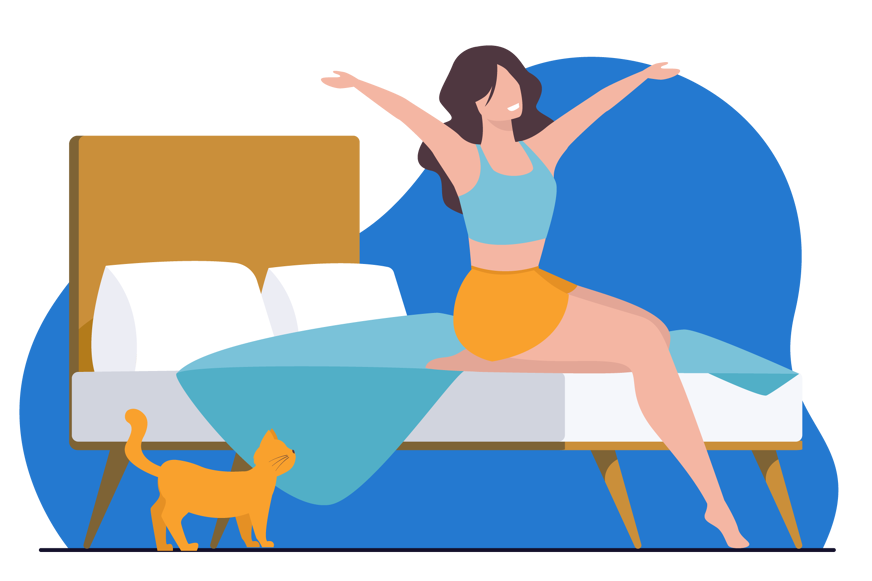
However, if you’re taking much longer naps every day with little physical activity, this will not help with weight management [8] and could even lead to metabolic conditions.
Is napping good for adults?
The health benefits of napping depend on various factors, such as sleep duration and the reason for napping.
For example, a mid-afternoon nap can help with fatigue, relaxation and alertness for healthy adults.
But taking long naps every day [9] is likely to indicate sleep deprivation and a potential health condition.
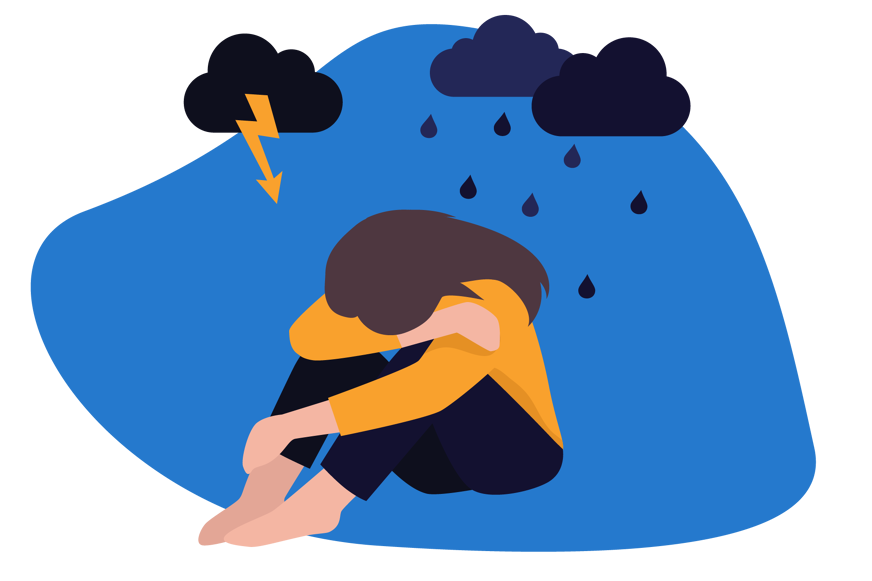
Consult your GP if you’re concerned about your level of tiredness. 🧑⚕️
Daytime napping is more common for older adults - especially those with underlying health conditions.
Are naps good for anxiety?
A power nap is a great way to reset during the day, particularly if you’re struggling with anxiety.
Tiredness and daytime sleepiness make mood regulation and stress management all the more difficult. 😤
After all, tiredness and anxiety [10] are never a good mix.
A short nap could provide the energy you need to regulate your mood and relax your mind so you can tackle any stress heading your way. 🧘
You could even try some meditation techniques before a nap to soothe your anxiety.
How to have the perfect nap
A good nap is essential for feeling energised and refreshed after a night of poor sleep.
Taking a break during the day can help improve your focus, productivity, and overall mood.
Here’s how to make sure you get the best nap possible!
Set an alarm clock
The first step to having a perfect nap is setting an alarm clock. ⏰
Decide ahead of time how much sleep you want to get so that you won’t be over- or under-sleeping.
Make sure your alarm is set on a comfortable volume that won’t jolt you awake.
If possible, try using a natural sound like birds chirping or ocean waves crashing instead of a loud beeping noise. 🌊
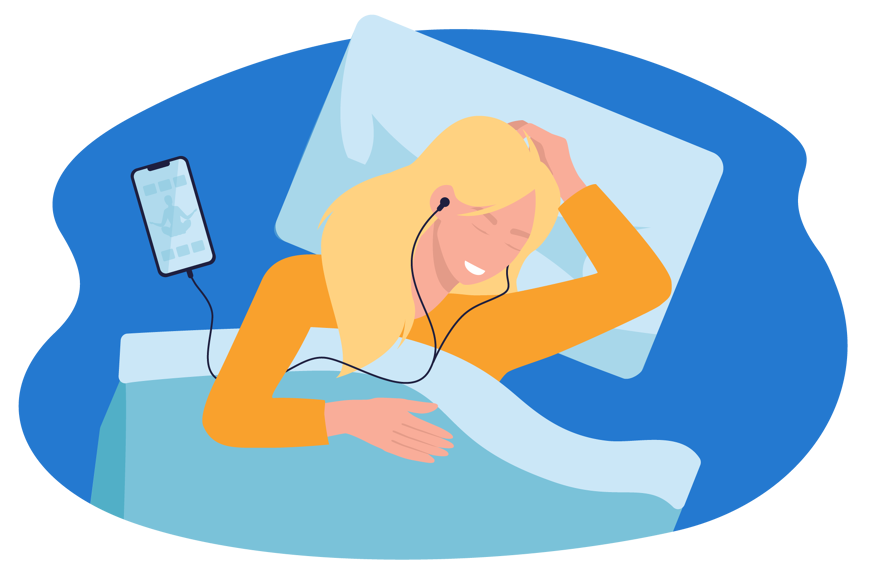
This will ensure that your early afternoon nap feels restorative rather than disruptive.
Try the key trick
If you ever find yourself without an alarm clock, then have no fear - the key trick is here! 🔑
This handy trick actually comes from Salvador Dali [11] in his book, 50 Secrets of Magic Craftmanship.
Simply place a bunch of keys in your palm and angle your hand over the edge of the bed.
Once you lose consciousness, the keys will drop from your palm and onto the floor, making a loud noise to wake you up.
Dali described this form of micro napping as "less than a quarter of a second".
A researcher at Swansea University said this is just enough time to enter a hypnagogic sleep state [12] where your mind is hyper-associative and creative.
So, the key trick can help you master micro naps when you need a creative refresh.
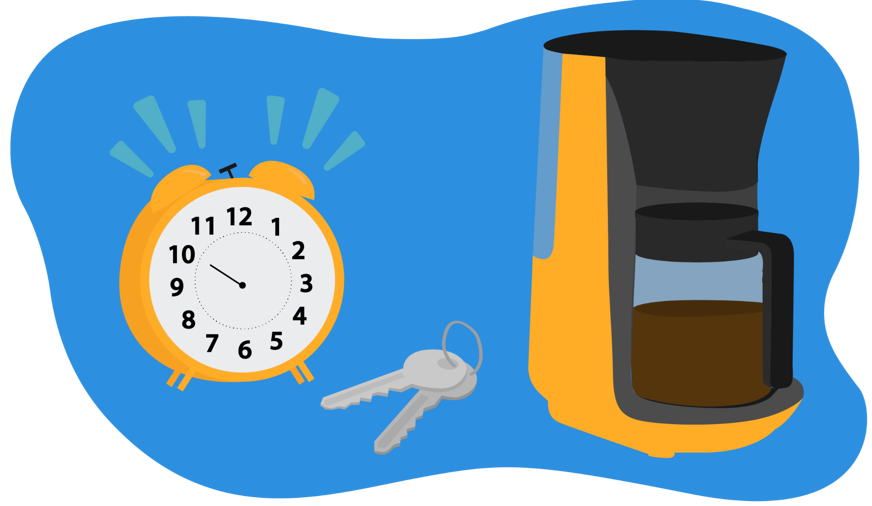
Not only is this method effective, but it's also incredibly convenient.
Who would have thought that something so simple could be so helpful?
Drink a coffee beforehand
The caffeine nap sounds counterintuitive. ☕
But for those looking for an extra energy boost after their nap, drinking coffee beforehand may be the answer!
Caffeine takes about 20 - 30 minutes to take effect, which makes it the perfect pre-nap pick-me-up.
After sipping some coffee just before naptime, you can enjoy its stimulating effects when waking up from your nap - no more grogginess or sluggishness after napping!
Just remember not to drink it too close to bedtime, as caffeine can disrupt your nighttime sleep schedule if consumed late in the evening. 👀
Avoid the sofa or bed
When it comes to taking a nap, it’s important to avoid laying down on furniture such as the sofa or bed. 🛌
These surfaces can be too comfortable, making it difficult to wake up after a short rest period.
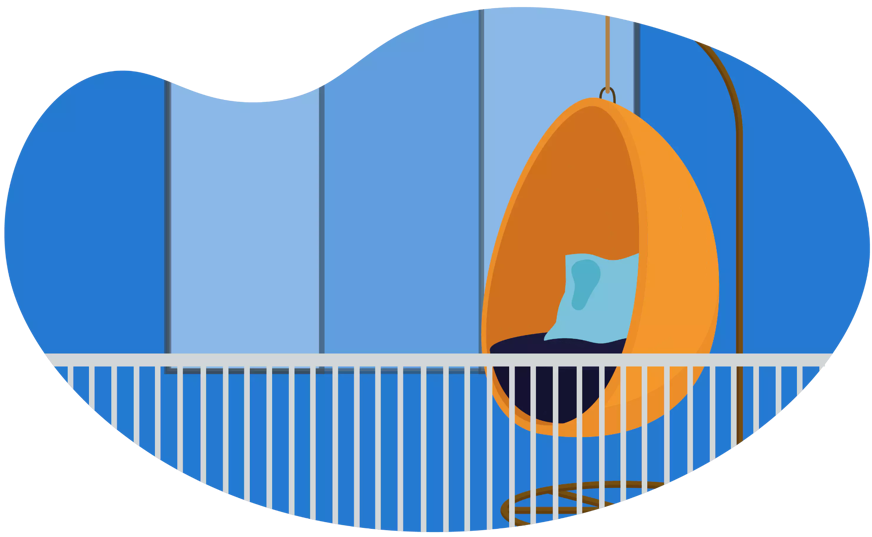
Instead, opt for comfortable chairs or armchairs that provide just enough support.💺
For example, something like the Habitat Roma Single Velvet Chair Bed would be ideal - it’s stylish, comfortable and can also be used as a guest bed!
You could even add a napping pillow for extra neck support while you’re sitting upright.
Put your feet up
Another great way to relax during your nap is by putting your feet up on an elevated surface.
Doing this allows gravity to relieve tension from your lower body and helps reduce strain on muscles and ligaments in the process. 🛌
If you’re sitting in a chair, you could raise your feet on a nearby chair or footstool.
Or, if you’re lying on the floor, try placing two pillows underneath your feet to keep them raised.

It also increases blood flow throughout your entire body, giving you an added boost of energy when it's time to re-enter reality after your nap.
Schedule naps around food intake
Make sure you schedule naps around food intake [13] so that they don't interfere with digestion processes occurring in the body at certain times throughout the day.🥑
Taking naps too soon after eating can cause feelings of heaviness due to slowed metabolic rates resulting from digestive processes within the stomach and intestines.
Try taking a 20-minute walk after eating your lunch instead, or if you’re feeling quite lethargic, sit down to read instead.
After this brief interlude, you’re likely to have a much better nap!
Use an eye mask
If you find yourself taking naps during daylight hours, try using a sleep mask to block out light.
This will help you get into a more restful state of mind so you can have a relaxing nap.
You could also use a white noise machine to reduce the amount of noise around you too.
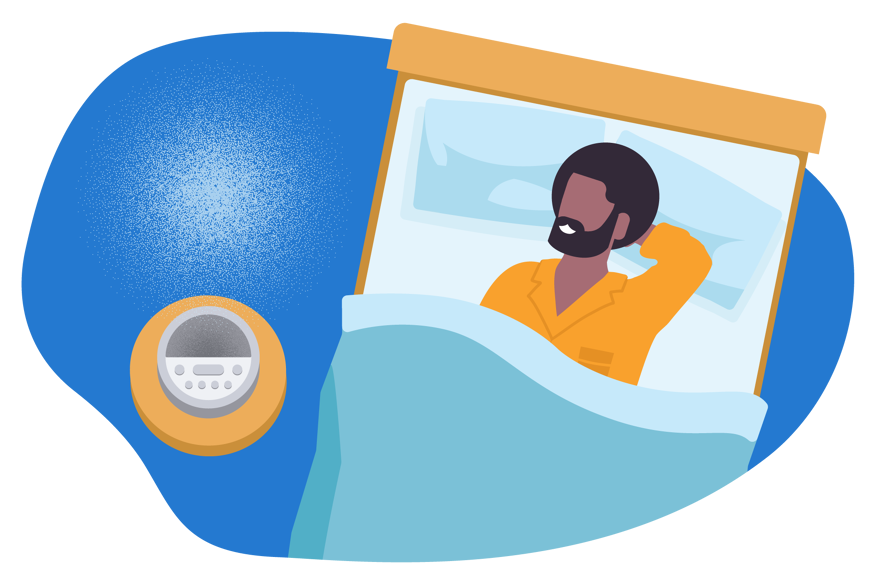
Speaking of eye masks, we really like silky-smooth eye masks.
We’ve linked to a few of our favourites below.
Our favourite sleep masks:
Adult napping: When, where and how?
When it comes to adult napping, there are endless possibilities.
You could nap at home or in the office, at midday or in the evening, and much more.
Let’s take a closer look at some of the popular napping queries, from location to timing.
Napping at the office
By now, it should be clear to everyone that the need for a short nap at midday is biologically determined [14] and has nothing to do with laziness.
In the early afternoon, most of us experience a drop in core body temperature that leads to the release of melatonin, our sleep hormone.
As a result, daytime sleepiness comes into full effect, and we experience the infamous post-lunch slump.
Even a short power nap in the office is healthy, sensible and absolutely recommended.
This can help you tackle the second half of the day with more concentration and performance and with lower susceptibility to errors. 📈
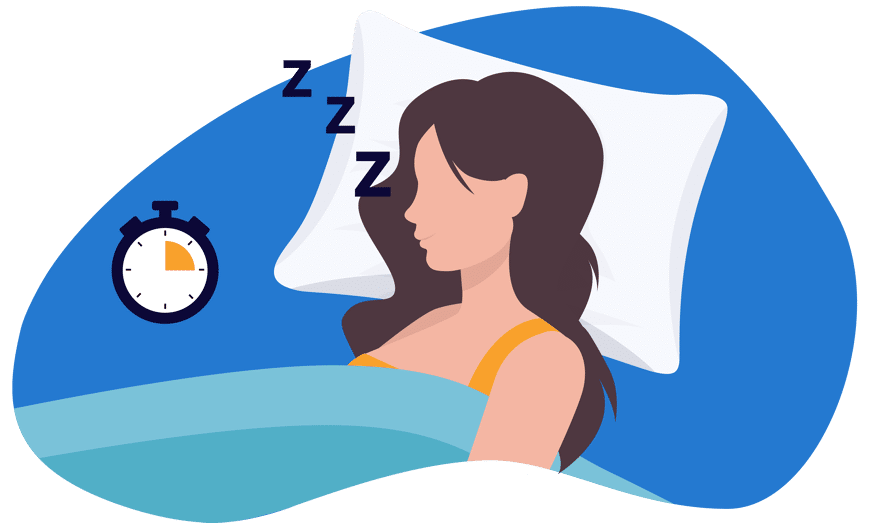
If you work in an office environment where it isn’t practical or feasible to take a full siesta every afternoon, consider taking regular power naps instead.
You can even invest in a discreet aromatherapy product, like the Aeyla Stress Reliever Roll-On, to help you relax ahead of your nap time.
Taking regular short naps can increase productivity in the workplace, so if space allows for it, why not give it a try?
How long should an adult nap be?
After a longer nap, you are more likely to experience sleep inertia [15]. You know, that groggy, confused feeling you get when you first wake up?
A 10-minute nap can help you recover from a bad night’s sleep.
In fact, the Sleep Journal [16] found that a 15-minute nap after lunch can reduce sleepiness even if you only had a few hours of sleep the night before. ⌚
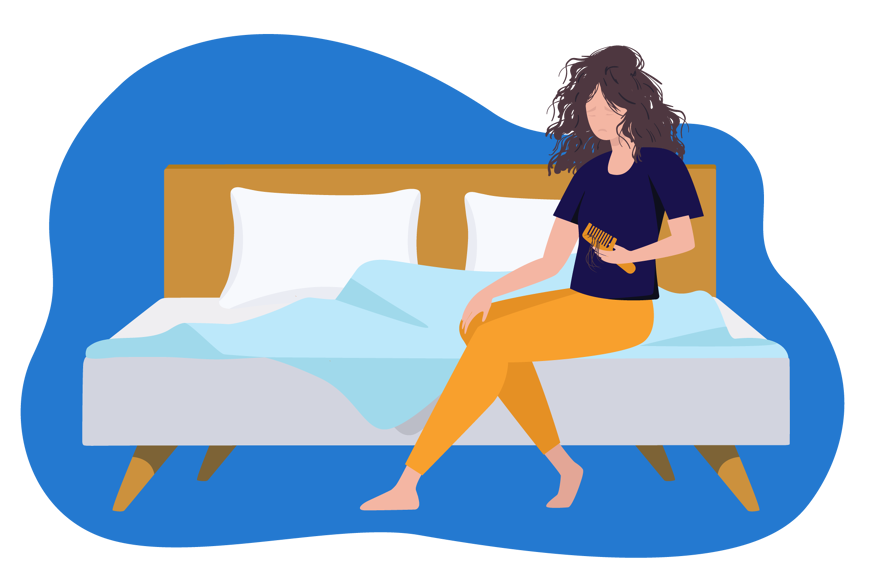
However, the Journal of Progress in Brain Research [17] says the benefits of a brief nap may fade after a few hours, while longer naps can make you feel more refreshed for several hours.
So, the length of your perfect nap really depends on your body and circumstances.
If you had trouble sleeping last night and need a nap to get you through a long day, a few hours of extra sleep might be a good idea. 💤
Or, if you need a quick burst of energy, stick with the power nap!
What is the latest time I should sleep at noon?
If you don’t have any pressing deadlines or engagements later in the day, try to avoid sleeping any longer than 2 pm as this could interfere with your night-time REM sleep schedule.
What nap is too long?
The length of a nap is completely determined by you and your body.
Some people may feel grouchy after a two-hour nap, while others feel rejuvenated, and it was just what they needed to reset for the day. 🤸
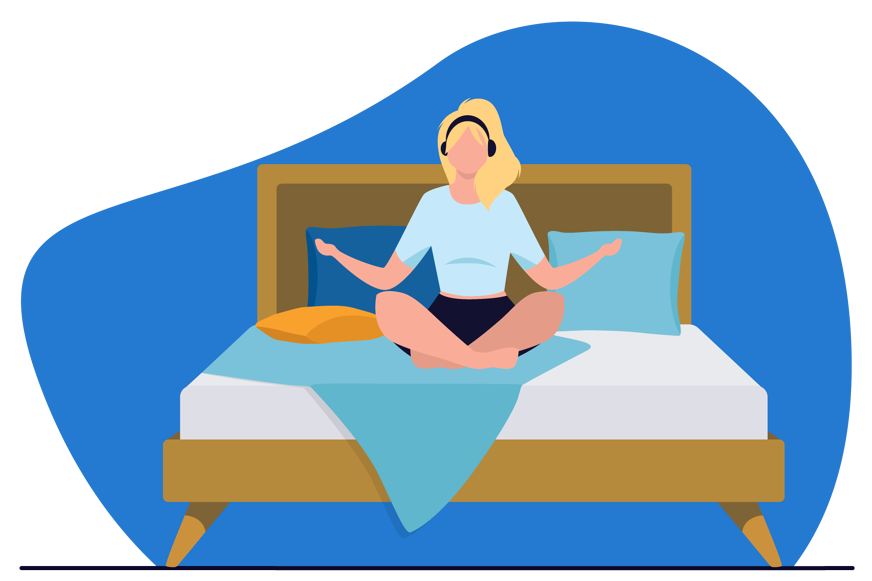
Listen to your body - but make sure to consult a GP if you find yourself taking long naps every day due to excessive daytime sleepiness. [18]
Naps for babies and toddlers
Babies and toddlers have a much greater need for sleep than adults and often need up to 17 hours of sleep per day.
In the first few months of life, they don't yet have an established sleep-wake rhythm and usually go through five to six individual sleep phases [19] each day.
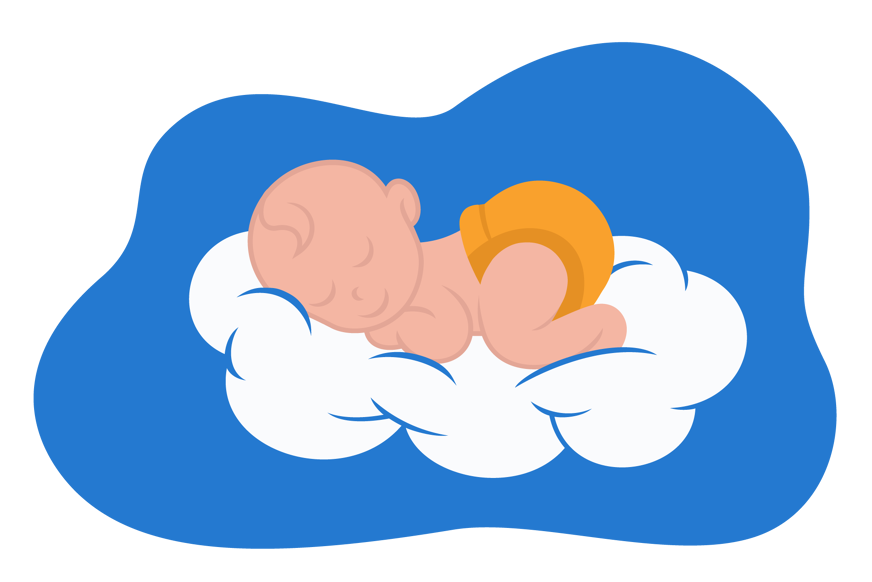
As they grow older, their need for sleep decreases and one nap is generally enough.
It's important to establish good sleeping habits early on in a child’s life, as this can help them develop healthy patterns that last into adulthood. 👏🏻
With newborns, it's best to let them find their own rhythm rather than imposing specific nap times or schedules.
However, when it comes to toddlers, some structure may be beneficial in terms of helping them get enough rest.
A high-quality baby mattress and pillow can also help your little one get a comfortable night's sleep.
The best nap time length is around 1 - 2 hours during the daytime but no more than 3 hours (this is when children start to enter deeper levels of sleep, which can make waking up harder).
If you're struggling with your child’s napping schedule, it's worth talking to your healthcare provider, who may be able to offer tips or advice tailored specifically to you. 🧑⚕️
Napping schedule for a 4-month-old
At four months old, your baby should get between 12 and 17 hours of sleep [20] per day.
Most parents stop contact napping at this age as sleep training takes full effect and your baby is awake for longer windows.
At this stage, your baby will have a much better idea of day and night, so they should start sleeping for 6 to 8 hours through the night. 🙌
But it’s important to keep in mind that every baby is different - some sleep more, and others less.
At four months old, your baby may still be napping like a three-month-old with four naps a day.
This is totally normal, and you know what’s best for your child.
You could even invest in a sleep carrier so your baby can nap when you’re on the go and away from home.

When it comes to a typical four-month-old sleep schedule, we recommend three naps a day so your baby isn’t awake for more than two hours at a time.
Four-month sleep regression
You should also prepare for the four-month sleep regression.
Your baby may have difficulty falling asleep, wake up during the night or struggle with reduced sleep time. ⏰
Your baby may also start catnapping, which is when they take shorter naps and get less rest.
This is a possibility that every parent dreads - but don’t worry too much, it only lasts between 2 to 4 weeks, so your little one will be back to normal soon.
Try to establish a bedtime routine during this period, and lean on those around you for some extra support when you’re feeling extra sleep-deprived.
Napping schedule of a 7-month-old
When your baby reaches seven months old [21], they might be ready for just two naps and 14 hours of total sleep per day.
Try weaning your baby off the third nap by gradually making it shorter.
For example, you could have a one-hour nap at 9 am and 1 pm, followed by a thirty-minute nap at 4 pm.
You may notice your baby sleeps less at night until they completely drop down to two naps a day. ⏰
Once you’re on two naps a day, the sleep schedule might look like:
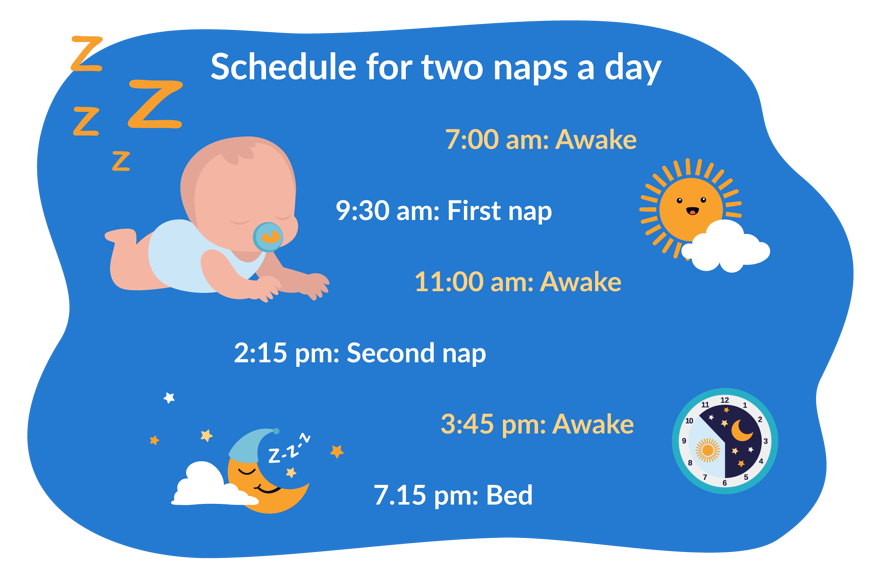
But remember, this is just an example and every child is different.
When to stop napping
Most children stop napping between the ages of 3 and 5.
Of course, there is no exact age to answer this question because every child is different.
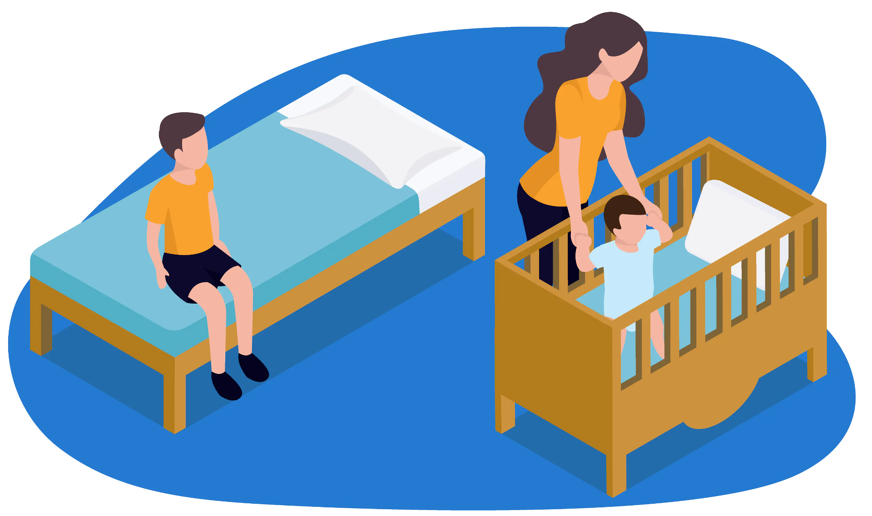
If they have older siblings running around, your child may stop napping as young as two years old. 🏃
Or, if they’re a sleepy kid, they may need that extra nap until they are older.
After all, most adults still need a nap throughout the day!
It’s all about balance
There is a lot of information about napping online for both adults and children.
Ultimately, it’s best to listen to what your body needs and find a napping routine that works for you.
Some people find power naps work best, while others need a couple of hours to reset after a night of disrupted sleep.
Just remember: If you’re struggling with persistent and chronic fatigue, speak to your GP to make sure it’s not an underlying condition.

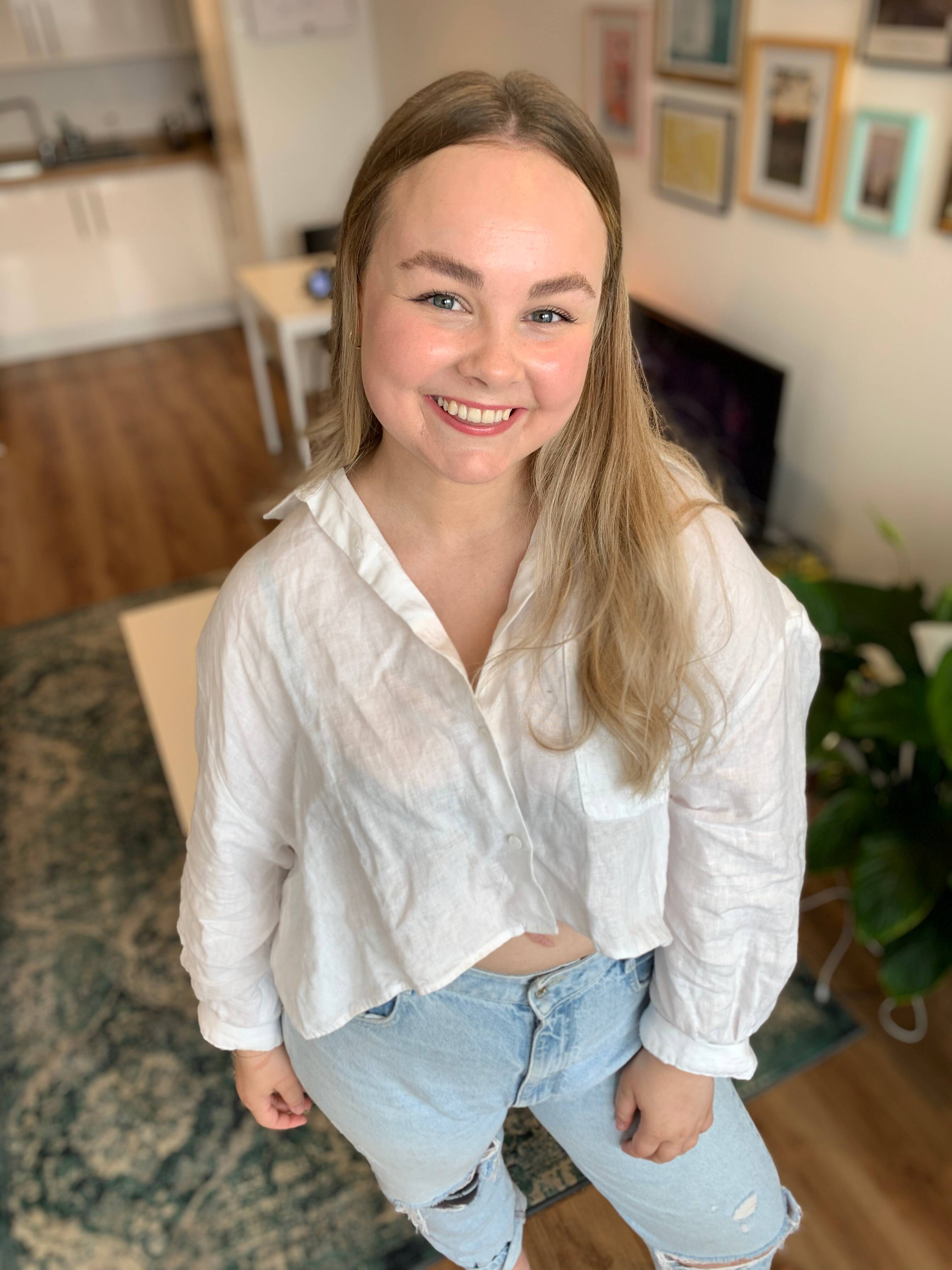
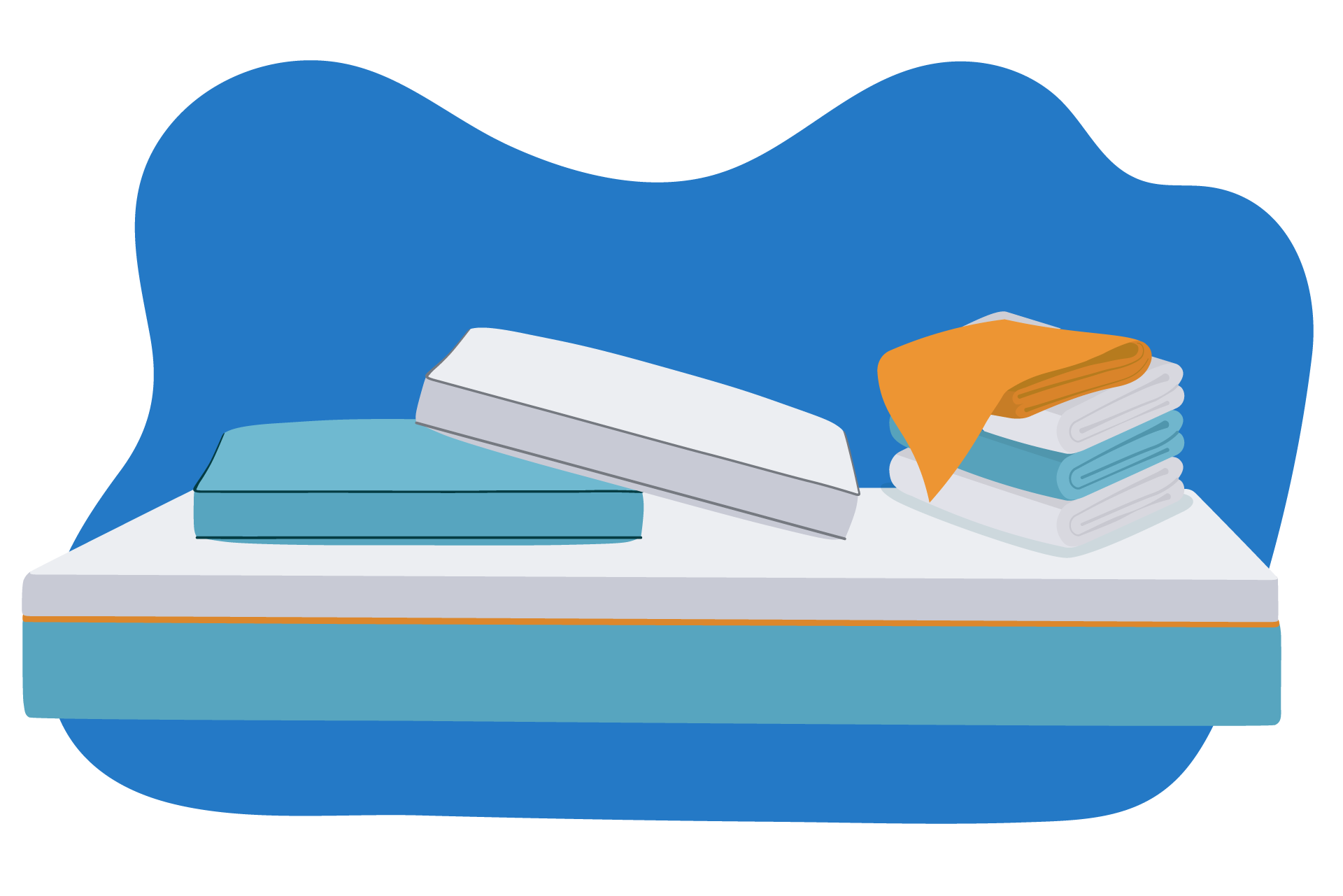

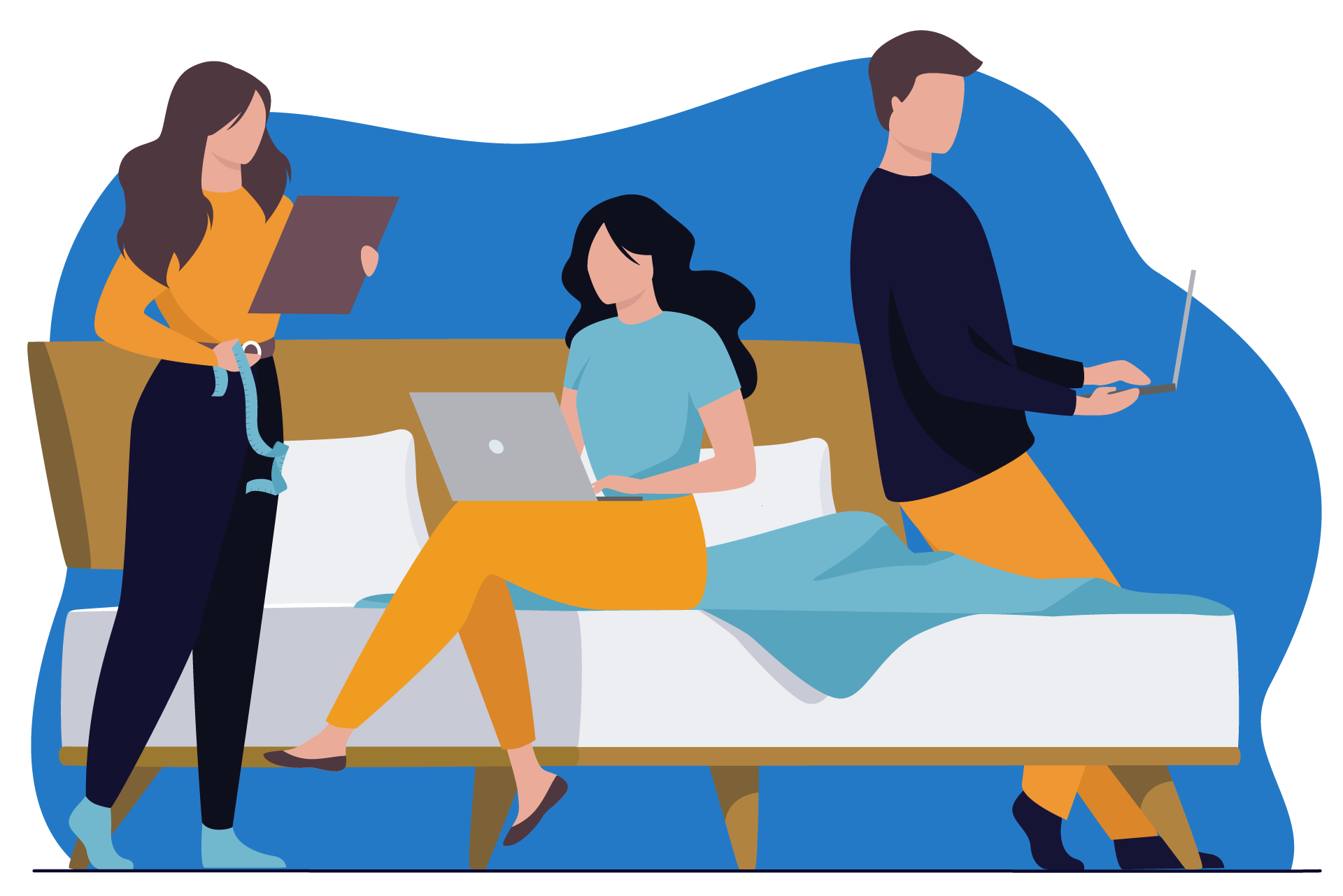
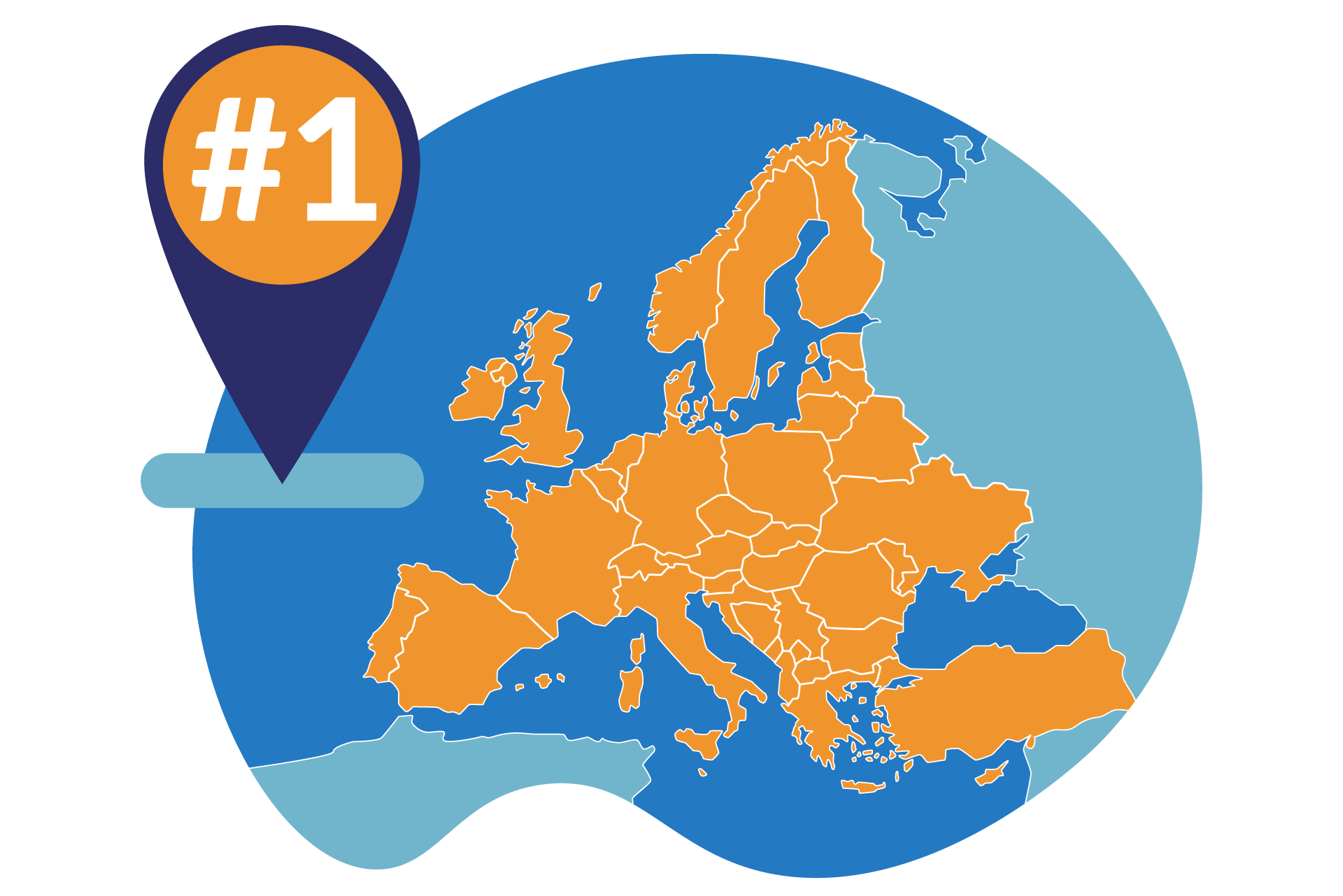
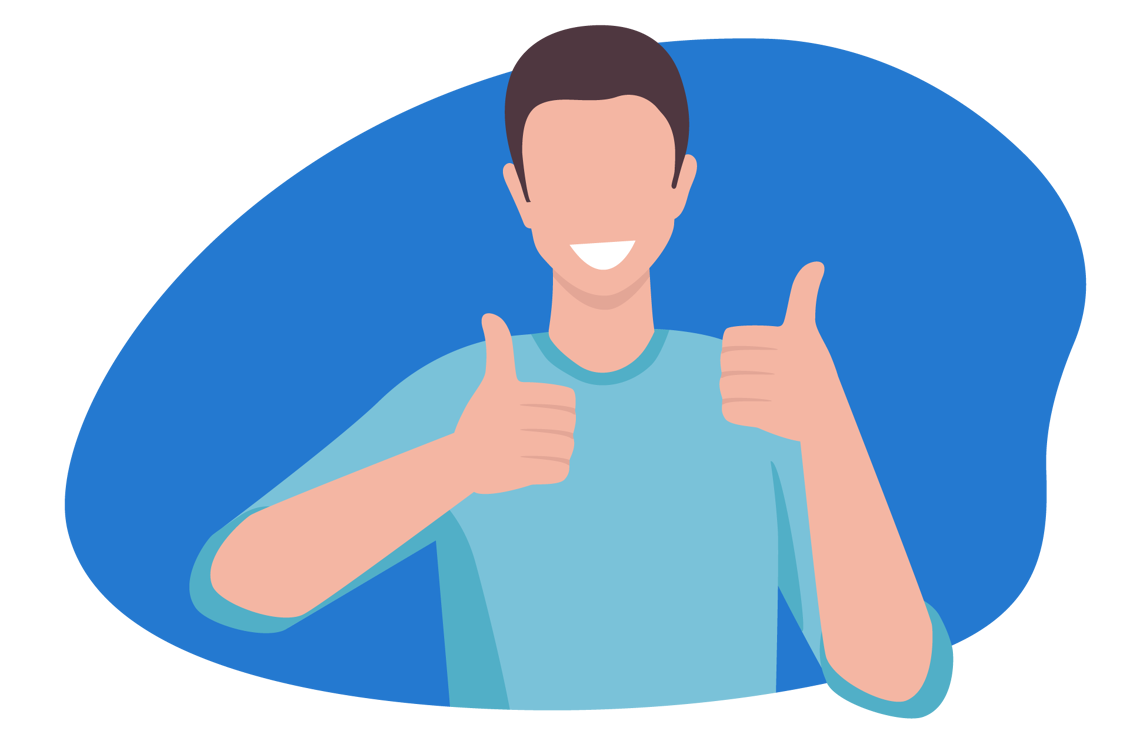
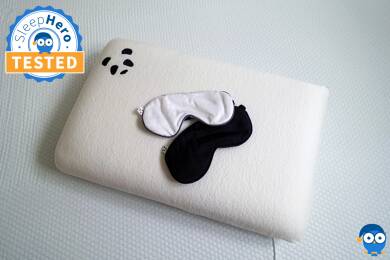



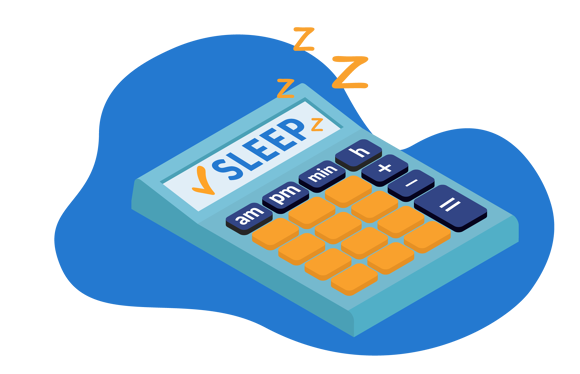
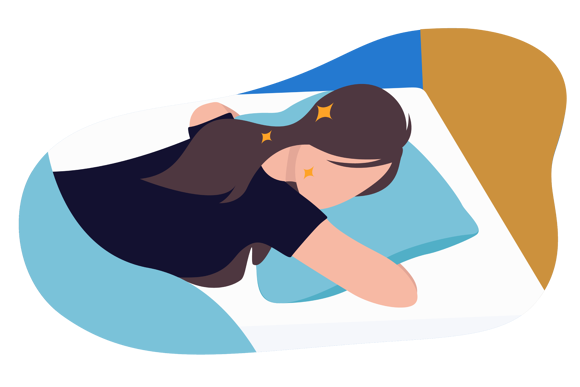
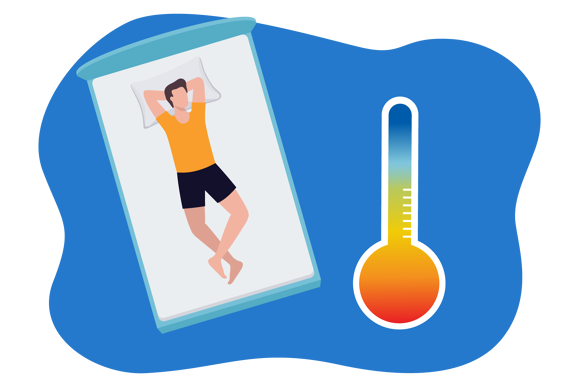


Alternatively, message us directly via the Contact Us page.